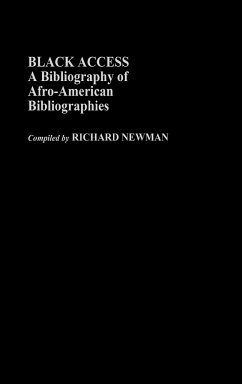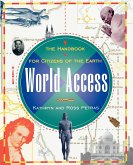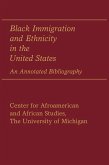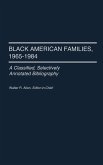?Newman has done a phenomenal job of research that has resulted in an impressive compilation of bibliographies about the Afro-American experience. ... It is a scholarly work that focuses on the reference material published about Afro-Americans in the US and Canada. Slavery and the Reconstruction period are covered but the Civil War has been excluded. Newman's bibliography is organized alphabetically.... Black Access also contains a subject index and a chronological index that provides entries indicating the inclusive dates of the bibliographies they describe. ... This work is highly recommended for academic libraries, especially graduate collections, and for public libraries in large urban centers. Special collections serving black studies programs should regard this work as a necessity.?-Choice
Hinweis: Dieser Artikel kann nur an eine deutsche Lieferadresse ausgeliefert werden.
Hinweis: Dieser Artikel kann nur an eine deutsche Lieferadresse ausgeliefert werden.








